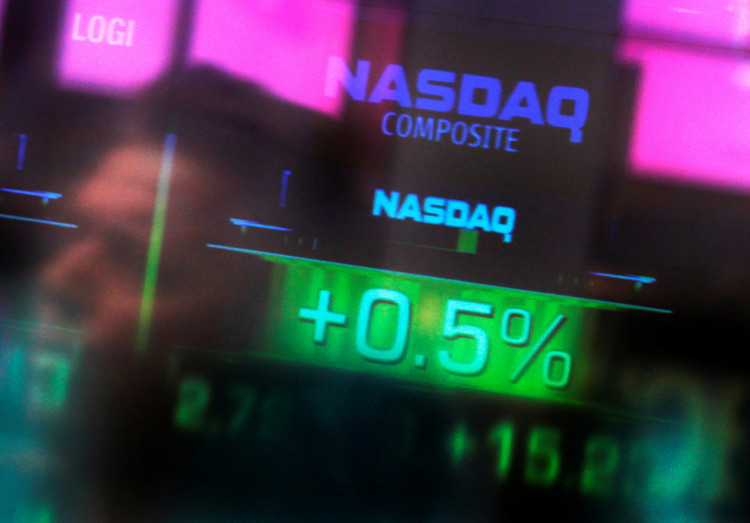As July wraps up, global stock markets have experienced a significant upturn after initial restraint. U.S. stocks showcased the longest streak of monthly gains in two years, with Chinese stocks increasing by 20% in July. European stocks rose for two consecutive months, and Hong Kong's Hang Seng Tech Index entered a technical bull market while A-shares closed in the red.
Under the optimistic sentiments of cooling inflation and a "soft landing" for the economy, U.S. stocks recorded their first five consecutive months of gains in two years.
The S&P 500 index increased by 3.11% in July, marking its first five-month winning streak since August 2021. The Dow Jones rose 3.35% in July, with a 13-day winning streak last week, the longest since 1987. The Nasdaq increased 4.05% in July, its first five-month winning streak since April 2021.
The Nasdaq Golden Dragon China Index (HXC) remained above 7800 points overnight, marking a near-six-month high since February 7, with nearly a 20% increase in July.
The European benchmark Stoxx 600 index closed July with a 2% gain, marking the second consecutive month of gains as the market anticipates positive Q2 GDP growth data for the euro area and cooling July nominal inflation rates.
The Stoxx 50 index neared its highest level since October 2007 with a 1.6% gain in July. Among various European country stocks, Russia's MOEX increased by over 9%, nearing its peak since February 22 of the previous year, and Italy's FTSE MIB rose 5%, reaching a 15-year high.
Hong Kong stocks also celebrated in July. The Hang Seng Index increased by over 6.15%, returning to the 20,000-point level on the last trading day, marking a three-month high. The Hang Seng Enterprises Index rose by 7.38%.
The Hang Seng Tech Index rose 16.33% to 4549.95 points, marking a near six-month high. This index saw an increase of over 22% between May 31 and July 27, entering a technical bull market.
A-shares started to gather strength in the second half of July, ultimately closing in the red. During this period, the Shanghai Composite Index rose by 2.78%, the Shenzhen Component Index rose by 1.43%, the ChiNext Index slightly increased by 0.98%, and the SSE 50 increased by 6.47%. Over 2800 stocks in Shanghai and Shenzhen rose, accounting for 54% of all A-shares.
After an active May and June, the Japanese stock market experienced a noticeable downturn in early July. After the Bank of Japan made minor adjustments to its yield curve control (YCC) policy, it regained some ground. Over the month, the Nikkei 225 index slightly fell by 0.05%.






